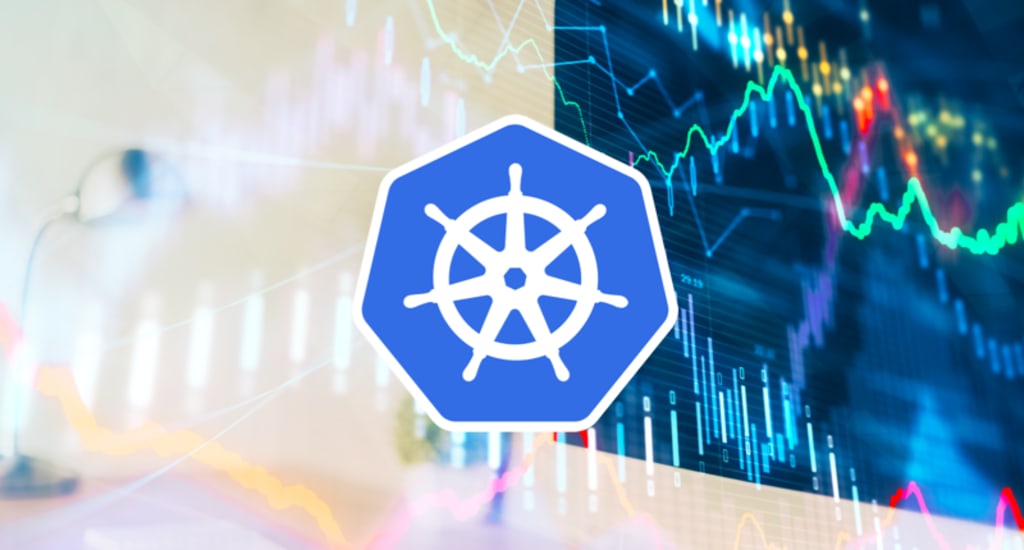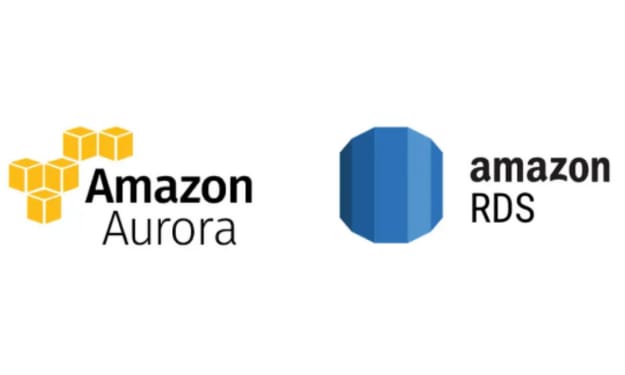Kubernetes Cost Optimization Tools: Maximizing Efficiency and Reducing Expenses
Discover top Kubernetes cost optimization tools to manage and reduce your cloud expenses effectively. Enhance performance and efficiency while ensuring sustainable growth.

Kubernetes has completely transformed how we manage and implement containerized apps in the ever-changing world of cloud computing. Its strong orchestration capabilities provide unmatched flexibility and scalability. If this flexibility isn't adequately controlled, though, costs may start to rise. Cost optimization becomes necessary when enterprises increase their Kubernetes deployments to maintain operational effectiveness and financial sustainability.
Businesses know why use Kubernetes to expand their apps quickly, but if this expansion isn't managed effectively, it can lead to inefficiencies in resource usage. Financial waste can occur from workloads sitting idle, resources being used inefficiently, and settings not being optimized. By utilizing specific techniques and tools, cost optimization in Kubernetes can monitor and reduce cloud expenses while maintaining high performance and reliability.
Kubernetes Cost Optimization Tools
Kubernetes has changed how applications are deployed and managed in the cloud, but controlling costs is still difficult. Tools have been developed to help with this by providing insights and automation. Here are the Kubernetes cost optimization tools:
1. Kubecost
Kubecost offers various features to provide real-time cost awareness and insights in Kubernetes environments. It includes detailed cost breakdowns by namespace, service, deployment, and individual pods through native integration with Kubernetes. Users can quickly identify cost drivers by monitoring their spending on resources like CPU, memory, and storage. Kubecost also includes a budget tracker and alarm system to alert users when expenditure exceeds predetermined levels. With its cost allocation and showback features, teams can better understand resource usage and encourage cost-conscious behavior.
2. KubeResourceReport
A simple tool called KubeResourceReport creates visual reports to show how resources are used in Kubernetes clusters. It helps managers determine whether there are too many or too few resources by comparing requested resources (CPU and memory) to actual usage. KubeResourceReport gives users a clear view of how to scale and allocate resources, which can save a lot of money. The tool is easy to use and efficient for companies that want to improve their Kubernetes setups without dealing with complex configurations.
3. Cloud Custodian
Cloud Custodian is a flexible, rule-based tool for managing cloud resources across various providers, including Kubernetes environments. Users can create automatically enforced policies to reduce costs, such as removing unused resources, scaling down over-provisioned resources, and turning off unnecessary clusters. Cloud Custodian's policy-driven approach ensures that cost-saving methods are consistently applied throughout the Kubernetes system.
4. Replex
Replex helps control and optimize costs in Kubernetes and cloud-native environments. It provides detailed cost allocation and reporting features, allowing users to understand the financial impact of their resource usage. By adjusting resource requests and limits based on actual usage patterns, Replex recommends right-sizing resources, helping businesses reduce waste and increase productivity. Additionally, Replex includes anomaly detection to identify and address unexpected expense surges.
5. Spot by NetApp
Spot by NetApp uses cost-effective spot instances to run Kubernetes workloads, minimizing expenses while ensuring excellent performance and availability. The platform's Elastigroup technology automatically manages disruptions and scales operations to handle spot instance complexity. Organizations can save significantly without compromising performance or dependability by dynamically adjusting the instance mix based on ongoing monitoring.
6. OpenCost
An open-source project called OpenCost helps businesses manage and monitor costs in Kubernetes environments. It can identify waste, track resource usage, and allocate costs. OpenCost's open-source nature allows businesses to customize its features. Community contributions support ongoing improvements and innovation. Due to its collaborative development approach and transparency, OpenCost is a good option for companies using open-source software to manage their Kubernetes costs efficiently.
7. Cast AI
Cast AI uses artificial intelligence to help businesses save money on Kubernetes clusters. The tool suggests the best and most affordable setups by looking at what the clusters need and how much different cloud services cost. It also manages and adjusts the clusters to work well without requiring manual effort. Cast AI keeps analyzing how the clusters use resources and perform, making changes to balance cost and performance. It can even predict how much resources a business will need, helping them use resources more wisely.
Conclusion
To conclude, Kubernetes cost optimization tools are essential for making cloud-native applications more efficient and cost-effective. These tools help manage and reduce cloud expenses, ensure top performance within budget limits, and provide valuable insights and automation options. As Kubernetes environments become more complex, hiring skilled Kubernetes developers is essential. These experts can use optimization tools and advanced cost management techniques to drive cost efficiency and ensure the long-term sustainability of your cloud infrastructure. Effective cloud cost management and improved operational efficiency require investments in incompetent developers and appropriate tools.
About the Creator
Bacancy
A Leader in Agile and Lean Software Development
Enjoyed the story? Support the Creator.
Subscribe for free to receive all their stories in your feed. You could also pledge your support or give them a one-off tip, letting them know you appreciate their work.






Comments
There are no comments for this story
Be the first to respond and start the conversation.